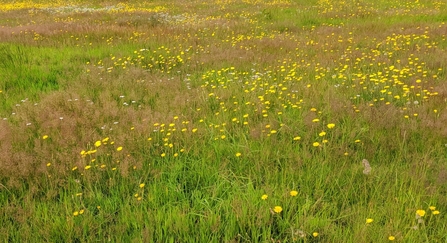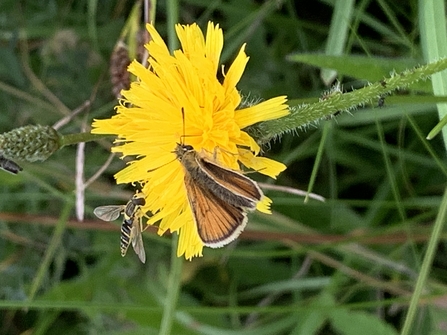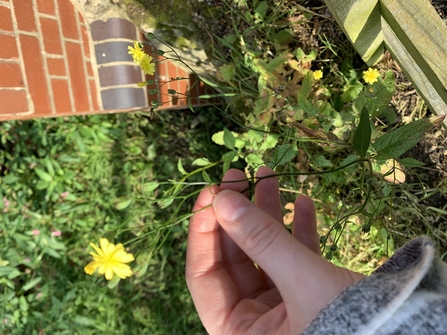As I mentioned in my previous blog, I have been spending a lot of my time here at the Lincolnshire Wildlife Trust alongside Jeremy Fraser (the Wildlife and Sites Officer) assisting him on botanical surveys across Lincolnshire, recording all the plants we find on given sites.
Usually the surveys determine whether a site has enough particular species (specifically chosen for each habitat type) to become designated as a Local Wildlife Site. Jeremy undertakes these surveys and sends the results to the local wildlife sites panel at the Greater Lincolnshire Nature Partnership (GLNP) for further consideration and a final decision.
This week’s surveys were a bit different. They were annually requested surveys from a local drainage company along the banks of their drains on the border with Cambridgeshire. This was a previously designated Local Wildlife Site and the surveys allow them to continually monitor the progress of their habitat management and how, or if, it affects any species.




